This article lists most of the terminology related to storage tanks and tank farm that a piping personnel must know.
Atmospheric Tank
This is a tank that operates at pressure levels ranging from atmospheric pressure to 0.5 psi.
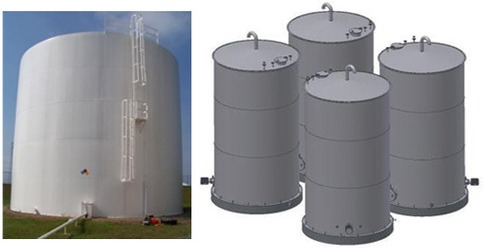
Barrel
A barrel is a standard unit of liquid volume in the petroleum industry that is 42 US gallos at 60 Degree F.

Bullet
it’s a high pressure horizontal storage vessel shaped like a bullet.
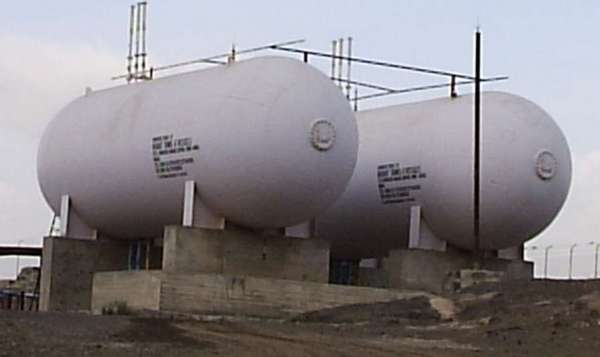
Cone Roof Tank
This is a low pressure storage tank that has a fixed, cone shaped roof.
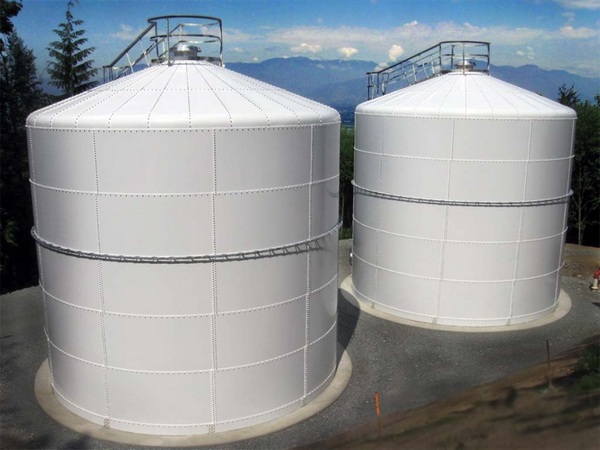
US Gallon
The gallon is a unit of measurement for fluid capacity in both the US customary units and the British imperial systems of measurement. The imperial gallon defined as 4.54609 litres, which is used in the United Kingdom, Canada, and some Caribbean nations; the US gallon defined as about 3.785 L, which is used in the US and some Latin American and Caribbean countries.
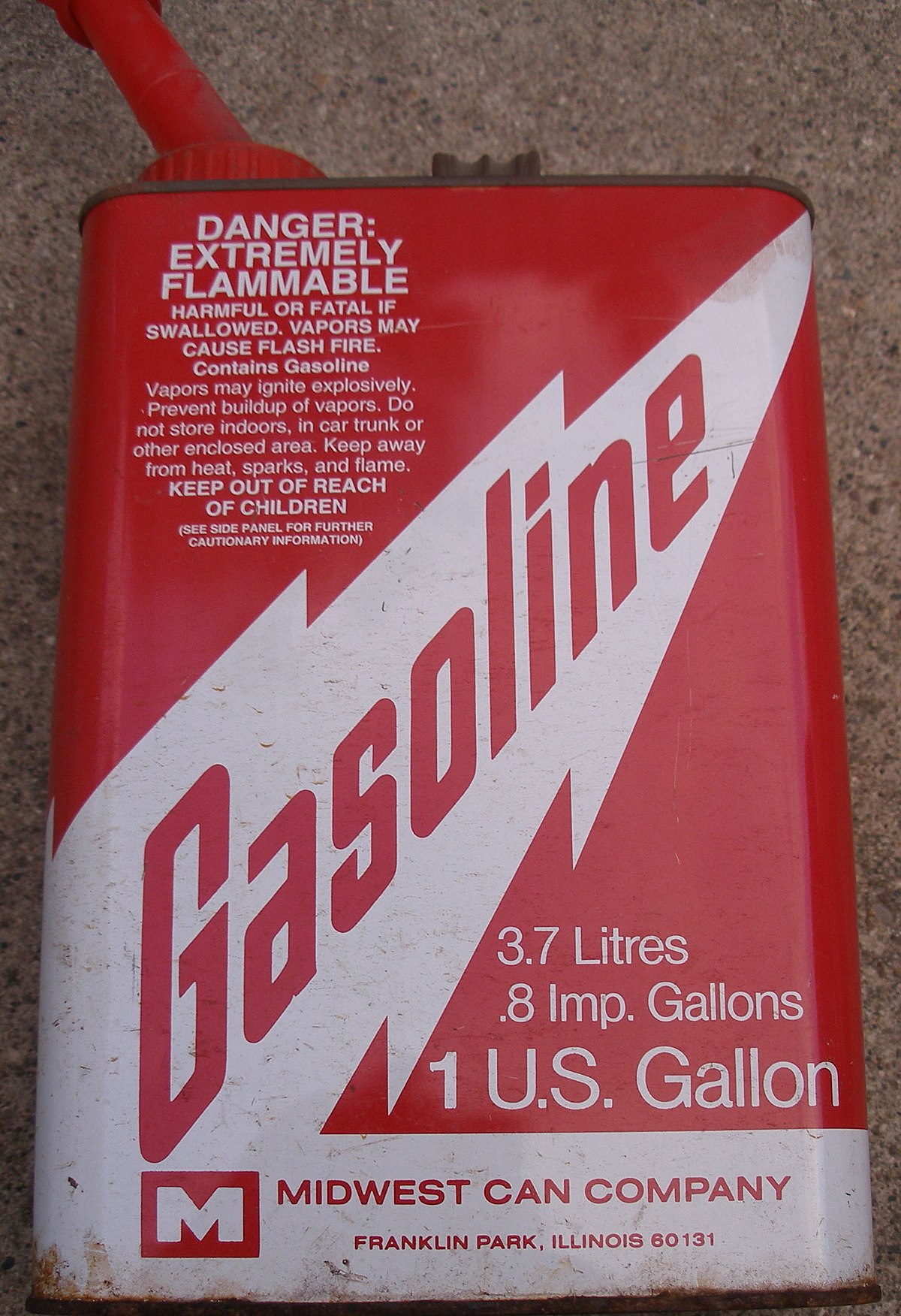
Dike
Dike is a barrier designed to contain liquid spills within a given area for safety reasons.
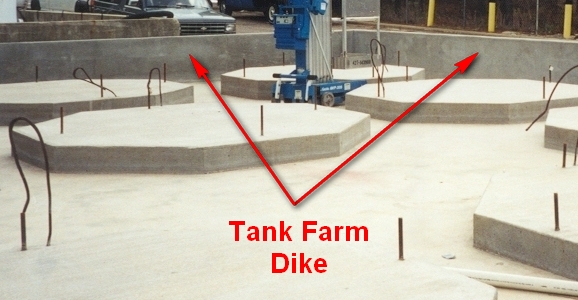
Distribution System
This comprises equipment, piping mains and services that carry and control gas supplies.
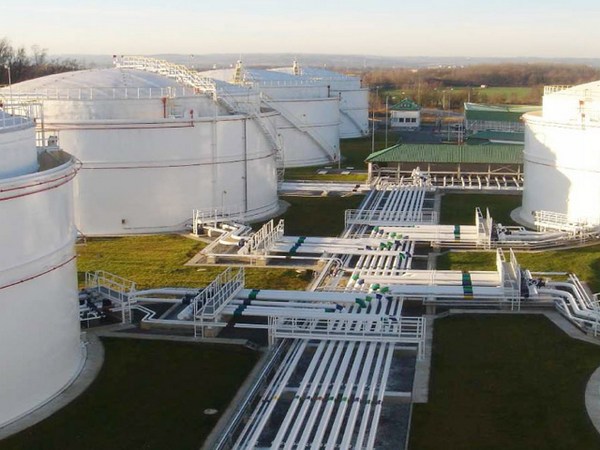
Diversion Channel
A diversion channel directs dangerous spills away from primary diked areas to remote holding ponds.
Diversion Dike
This is a barrier designed to divert spills from other storage tanks: it uses natural terrain to direct liquids to a sump area.
Double Wall Storage Tank
Double Wall Storage Tank has an inner wall to contain a liquid, an annulus space usually filled with insulation, and an outer wall for spill containment.
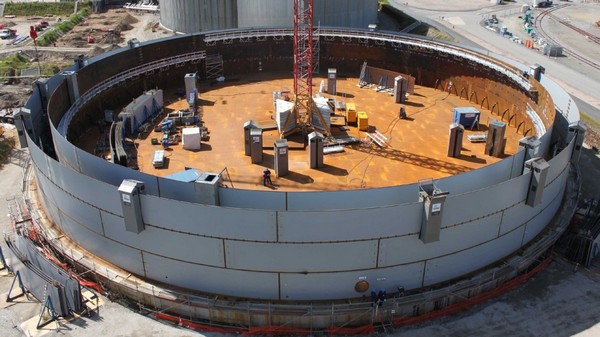
Fixed Roof TANK
This is a low-pressure tank with a roof that is welded to shell regardless of roof design or method of support.
Flame Arrester
In the event of lightning or another source of vapor ignition, a flame arrestor in the vent line of a storage tank prevents flames from flashing to the vapor inside the tank.
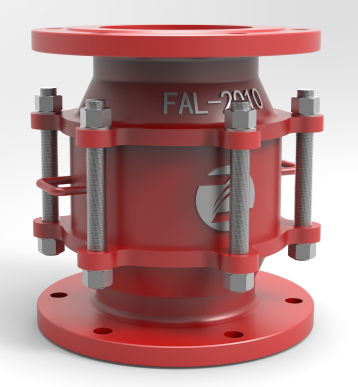
Flame Snuffer
This is a device in tank vent line that can be operated manually to snuff out a flame at the open end of the vent.
Floating Roof Tank
A floating roof tank is designed to conserve vapor loss and minimize fire hazard.

Foam
This is a solution with a density lower than that of oil and water. It is used to form a blanket over dangerous vapors and thereby reduce the risk of explosion.
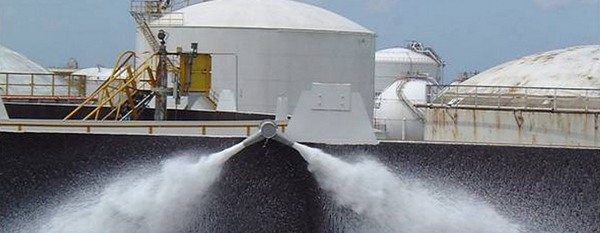
Foot Valve
This valve is found at the bottom of a riser in a tank, where a submersible pump can be housed. During regular operation, the weight of the pump keeps the foot valve open. When the pump is removed, the spring operated foot valve closes the riser pipe.
Heaters
These are heat exchangers used inside large storage tanks. They heat viscous materials using steam, hot water, or other heating fluids.
Horton Sphere
This spherical vessel is used to store liquids and gases at high pressure.
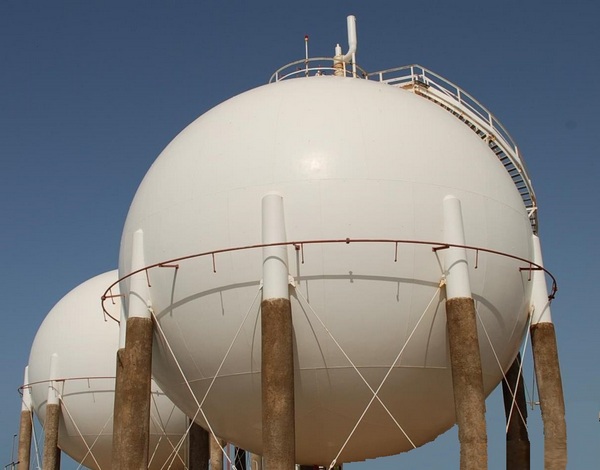
Intermediate holding tank
This tank is used for temporarily storing a liquid until it reaches a specified state, at which time it is pumped downstream in a process.
Remote impounding basin
Used for temporary storage of potentially dangerous liquids, a remote impounding basin is a containment area located away from a process or offsite facility.
Sediment
This sludge accumulates in tanks and piping. It consists of din, wax, and mill scale and must be disposed of periodically.
Sleeper
Sleepers are steel or concrete supports usually located within 18 in (450 mm) of grade for piping systems commonly found in off sites.
Sump
This is the low point within an area used to collect liquids for removal.
Tank farm
A location with many storage tanks is often called a tank farm.
